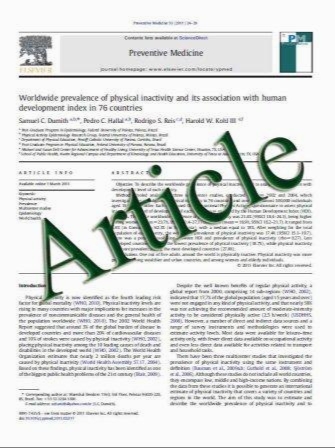Intralaparoscopic endoscopy: its value during laparoscopic repair of choledochal cyst
- نوع فایل : کتاب
- زبان : انگلیسی
- مؤلف : Go Miyano • Hiroyuki Koga • Akihiro Shimotakahara • Tsubasa Takahashi • Yoshifumi Kato • Geoffrey J. Lane • Tadaharu Okazaki • Atsuyuki Yamataka
- چاپ و سال / کشور: 2011
Description
Aim We report our experience of laparoscopic repair of choledochal cyst (CC). Methods Wereviewed 10CCpatients (mean age 3.3 years) who had lap CC repair. Eight patients had minimally dilated/ fusiform type CC (fusiform CC) and presented with pancreatitis, and two had cystic type CC (cystic CC). Using conventional trocar placement (right upper quadrant, left paraumbilical, left upper quadrant; laparoscope in the umbilicus), the CC was isolated and transected at mid level. An additional 3.9 mm trocar in the left epigastrium was used to introduce a fine ureteroscope. Its tip was inserted into the common channel through the distal CC to remove protein plugs (PP) under laparoscopic guidance. To perform intralaparoscopic endoscopy of the intrahepatic ducts, a trocar placed in the left lower quadrant was used. Two extra trocars (3 and 5 mm) were added for hepatico-jejunostomy anastomosis (HJA); one lateral right subcostal, and one between the right subcostal and right upper quadrant trocars, respectively. HJA was performed using interrupted 5/0 absorbable sutures with the right upper quadrant trocar as a needle holder in the right hand, 5 mm for the laparoscope, and 3 mm subcostal trocar as a needle receiver in the left hand. Both the right and left edge sutures were exteriorized and used as traction sutures during anastomosis of the anterior wall. Results Seven of eight fusiform CC patients had PP (massive in 3, moderate in 3, little in 1) in the common channel successfully removed with normal saline washouts through the side channel of the ureteroscope. Eight of ten CC patients had debris (moderate in 4, little in 4) in the intrahepatic ducts. Two complications were encountered; pancreatitis that resolved with conservative management and duodenal obstruction due to inadequate Roux-en-Y limb fixation that was treated by laparoscopic intervention. All are well after a mean follow-up of 12 months with cosmetically attractive wounds. Conclusion Although three additional trocars are required, we recommend our HJA technique and intraoperative common channel endoscopy during laparoscopic repair of CC.
Pediatr Surg Int (2011) 27:463–466 DOI 10.1007/s00383-010-2846-4 Published online: 19 January 2011


